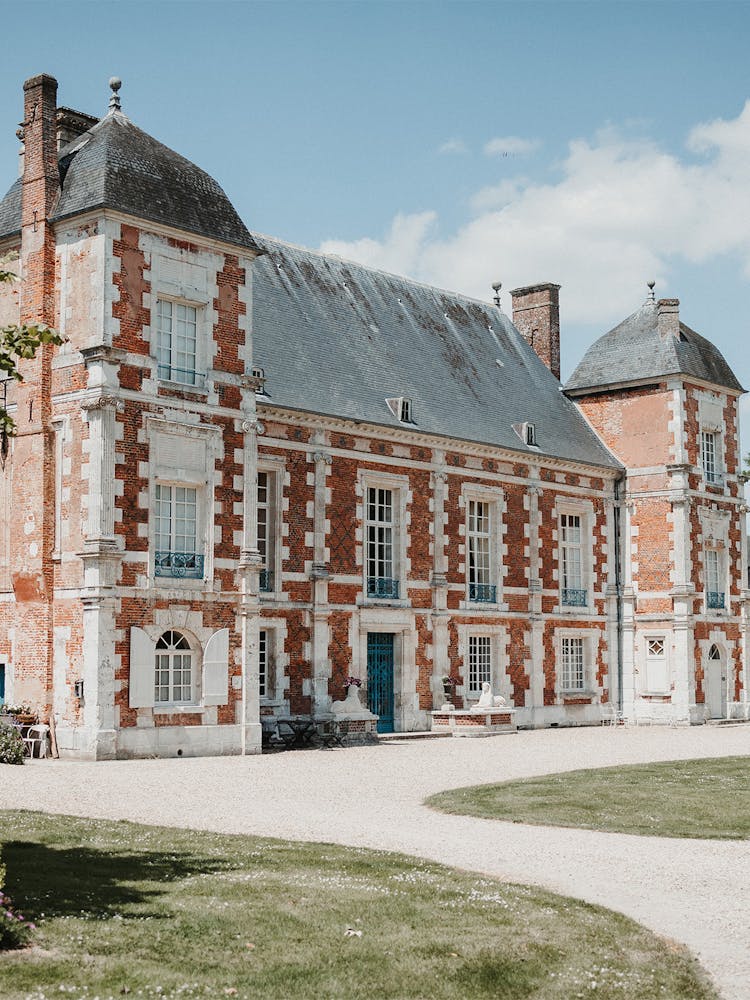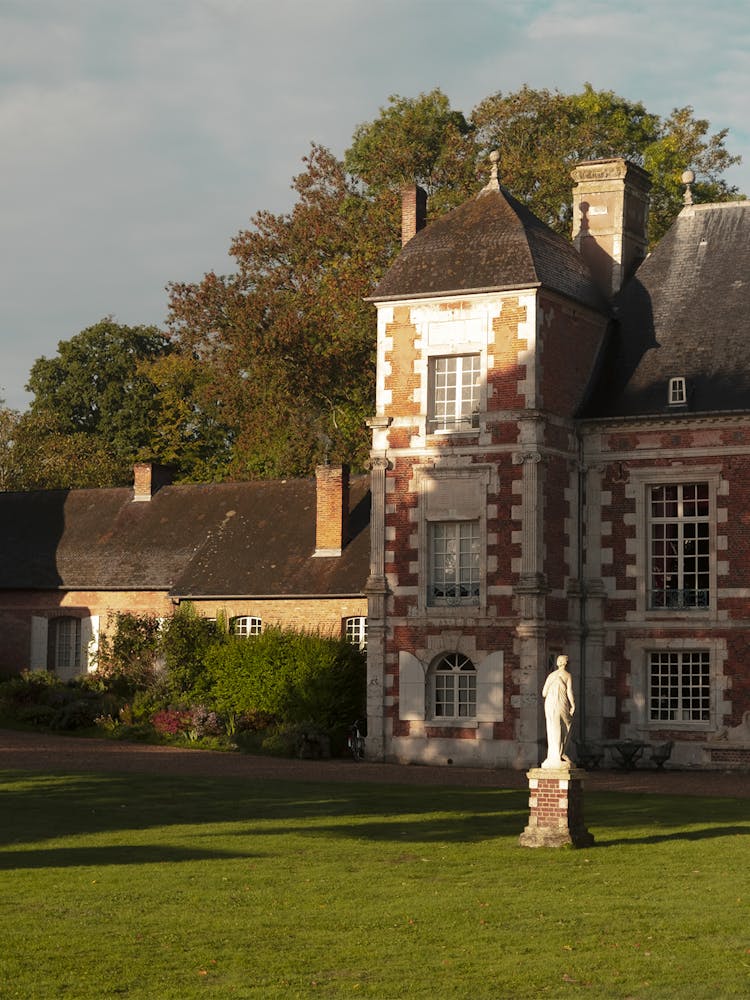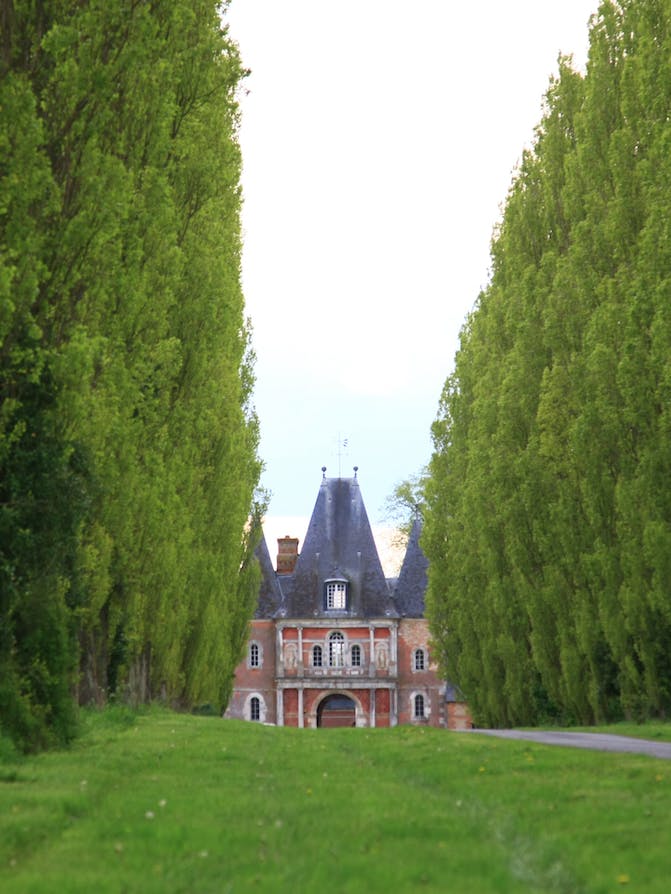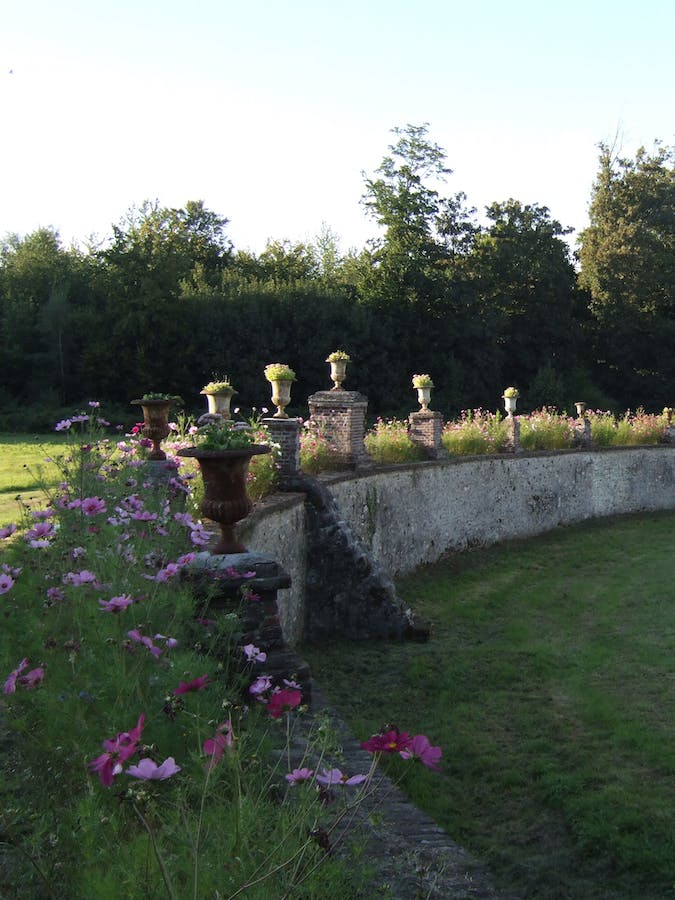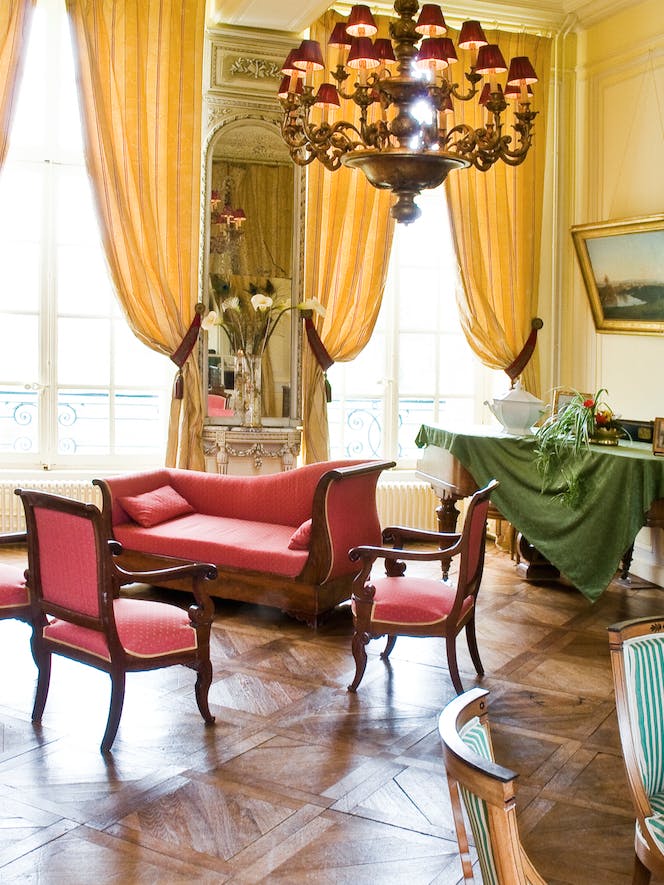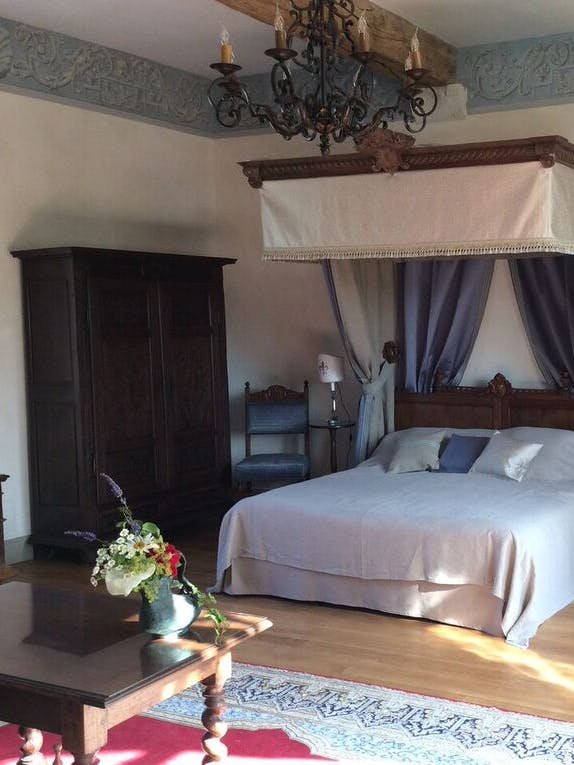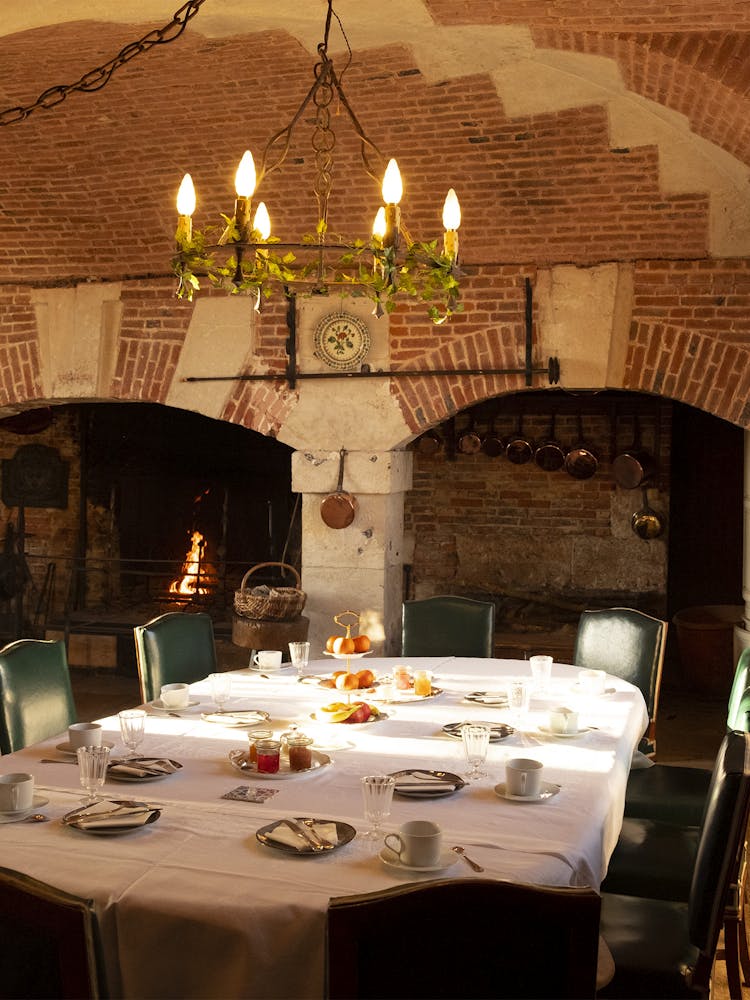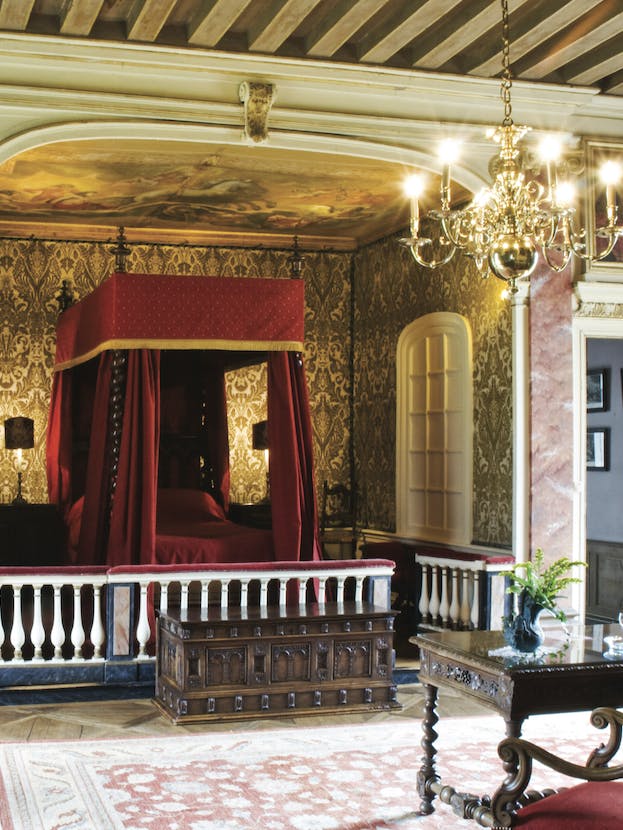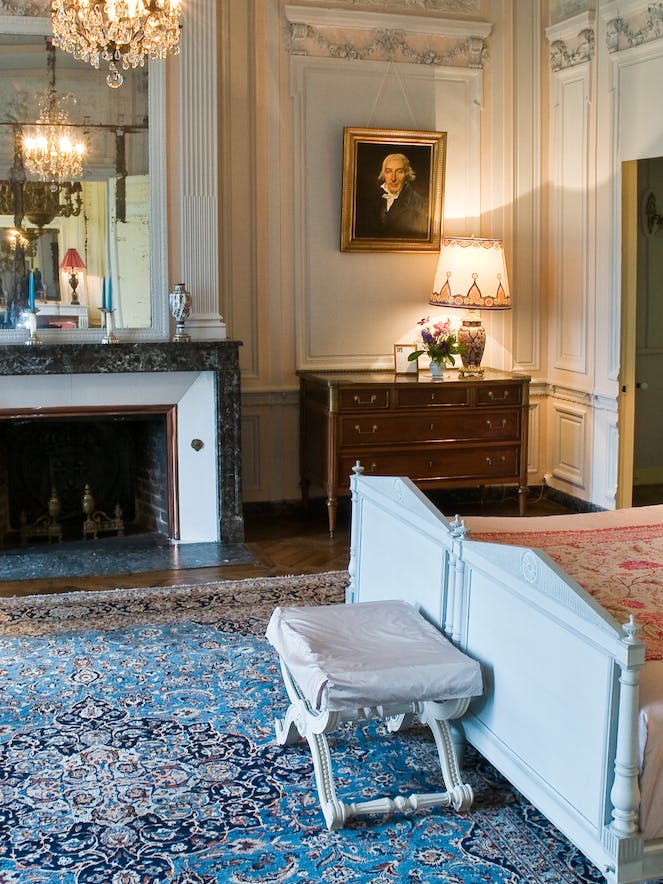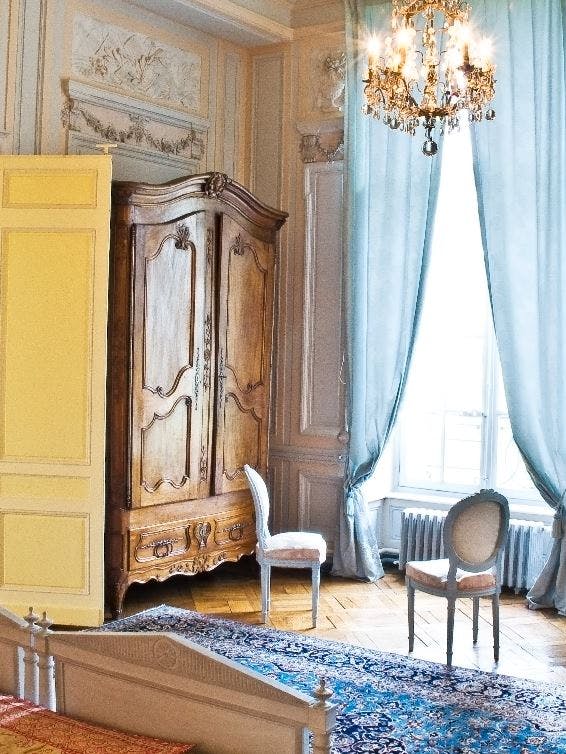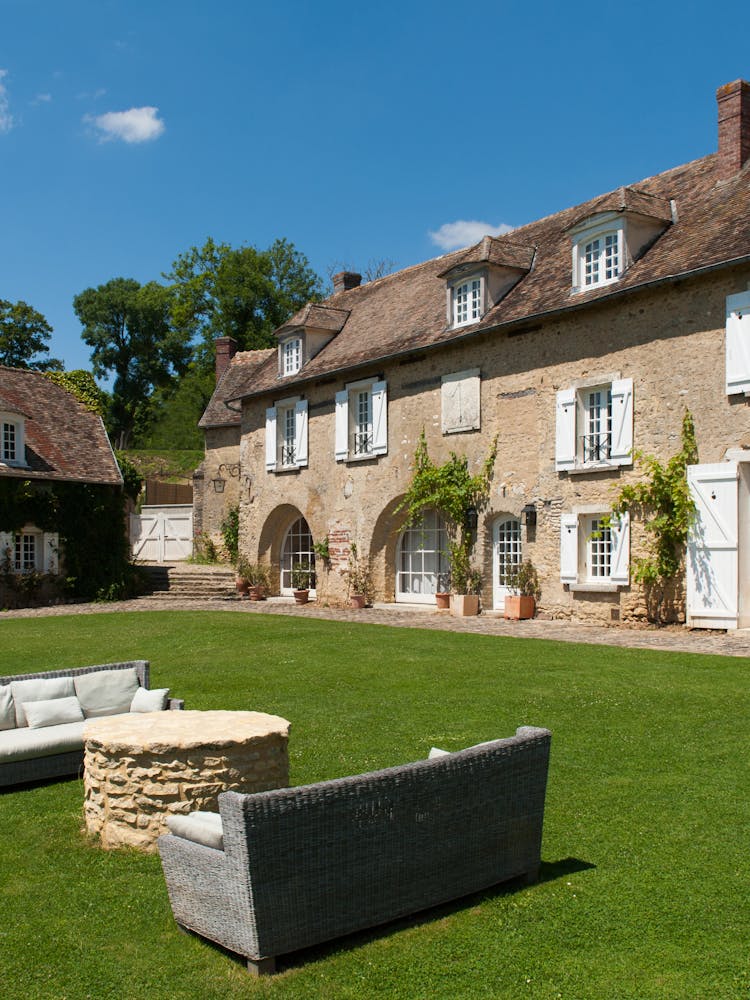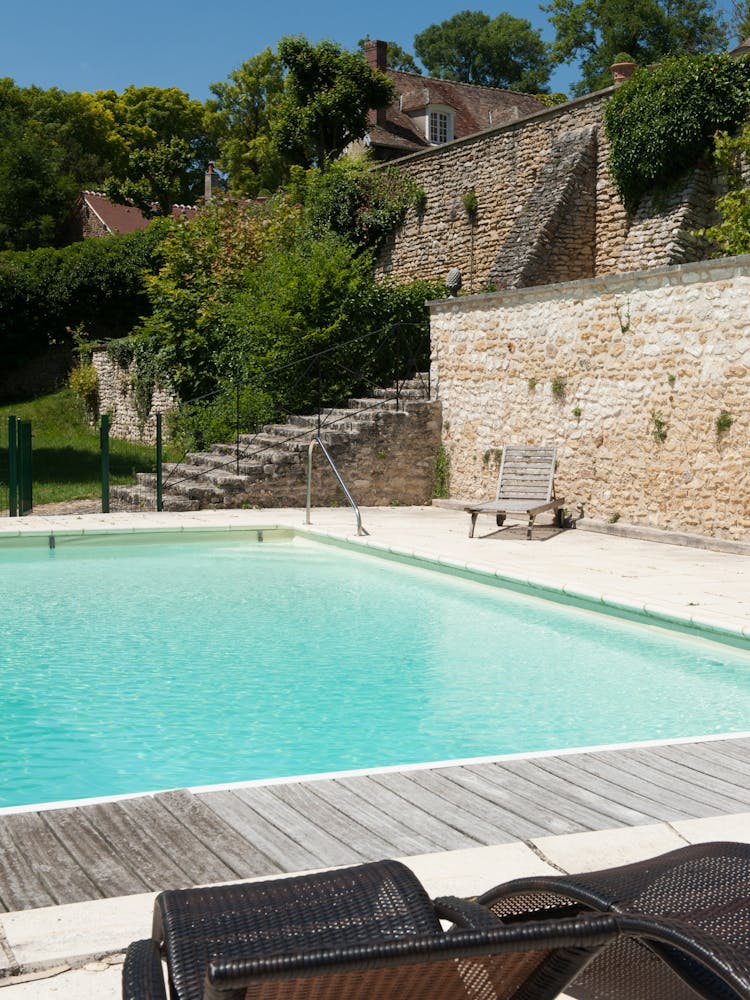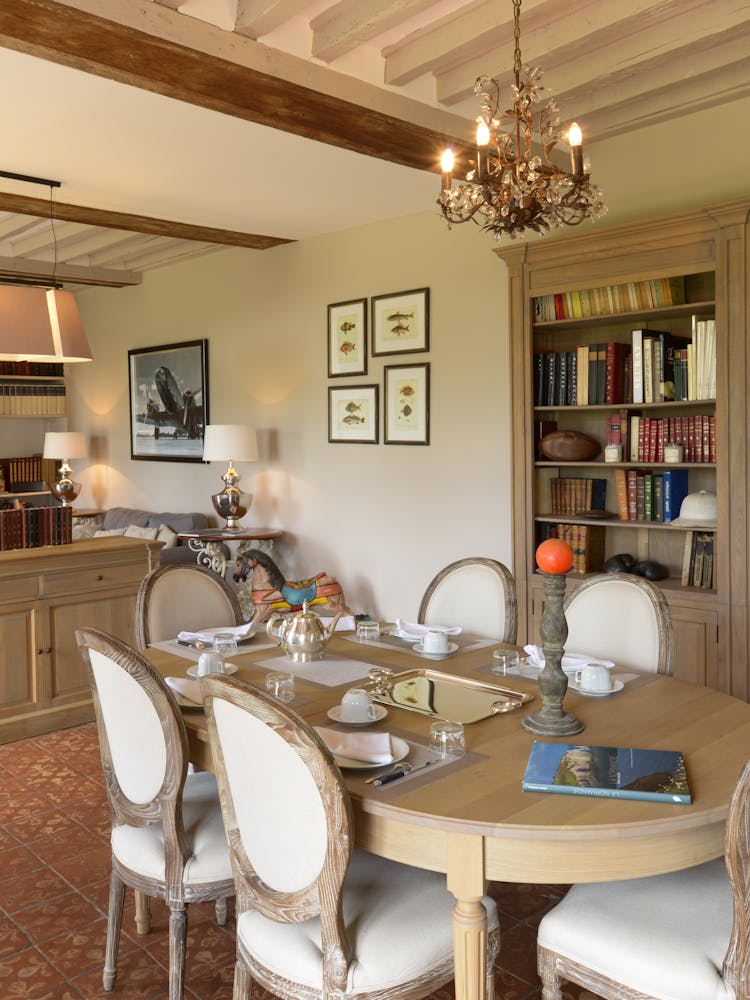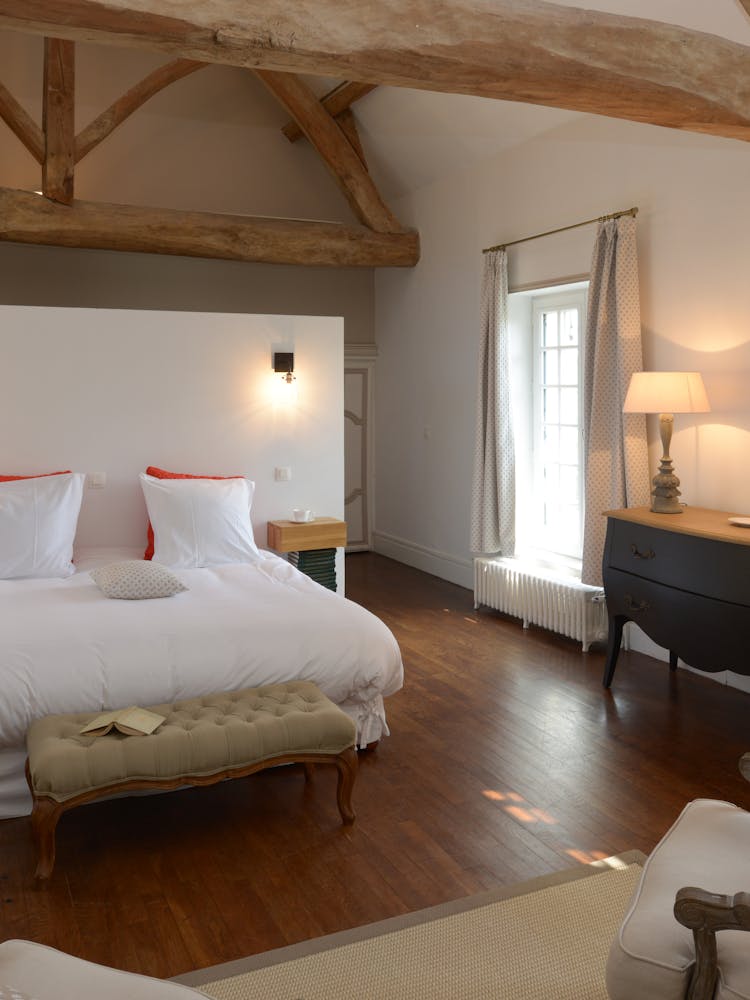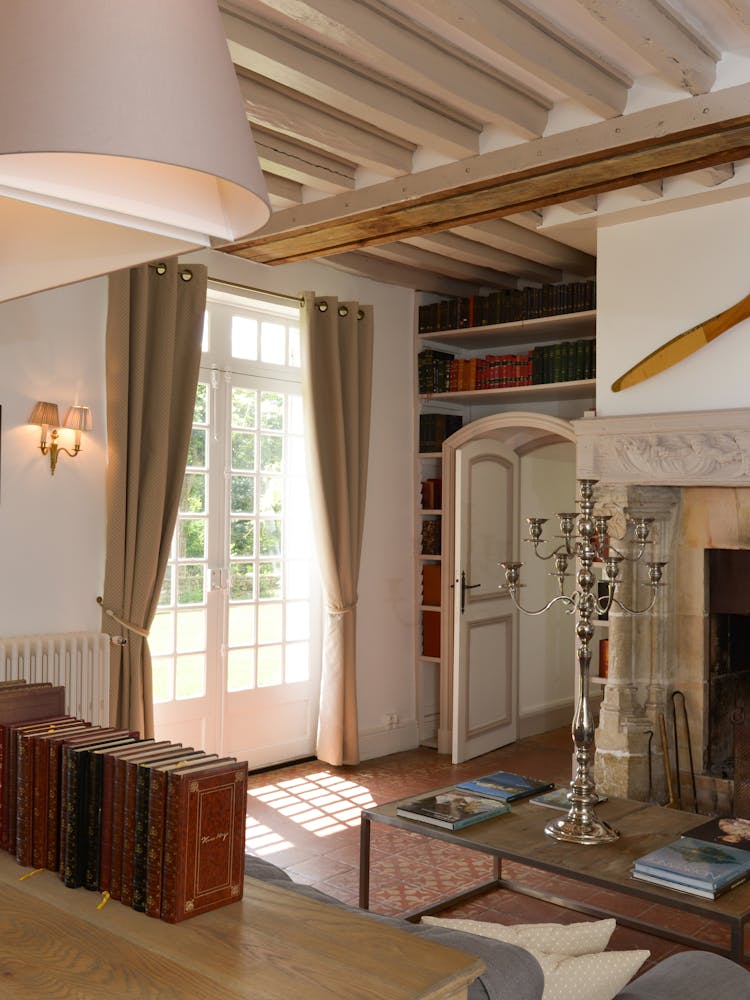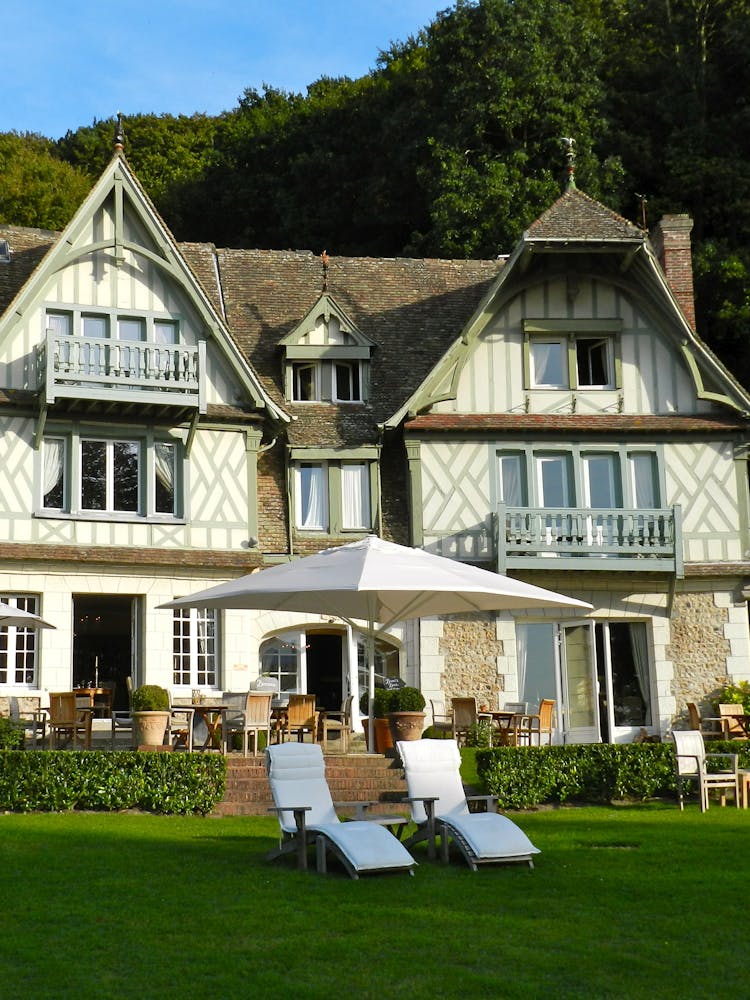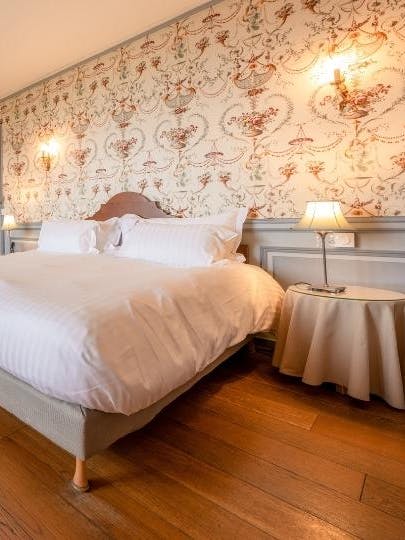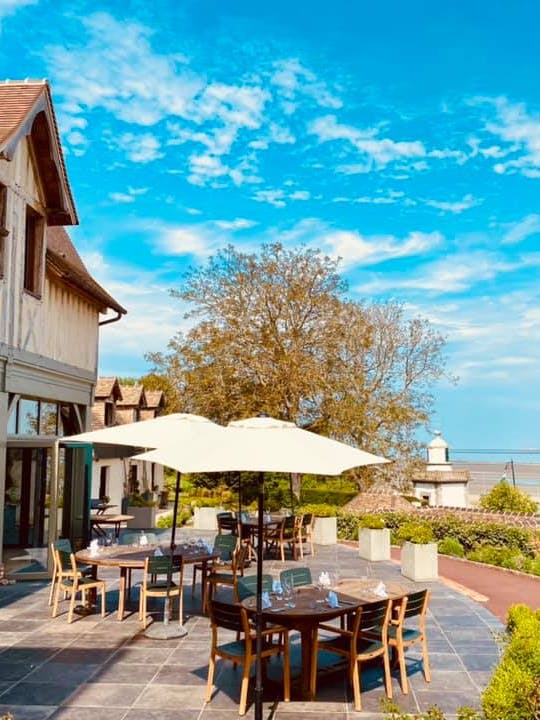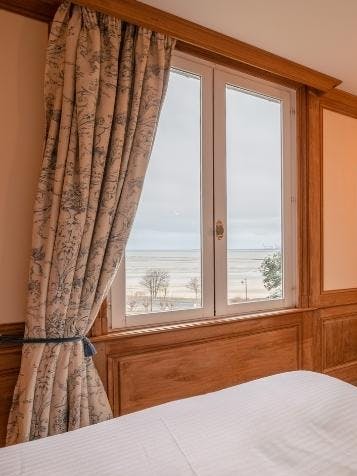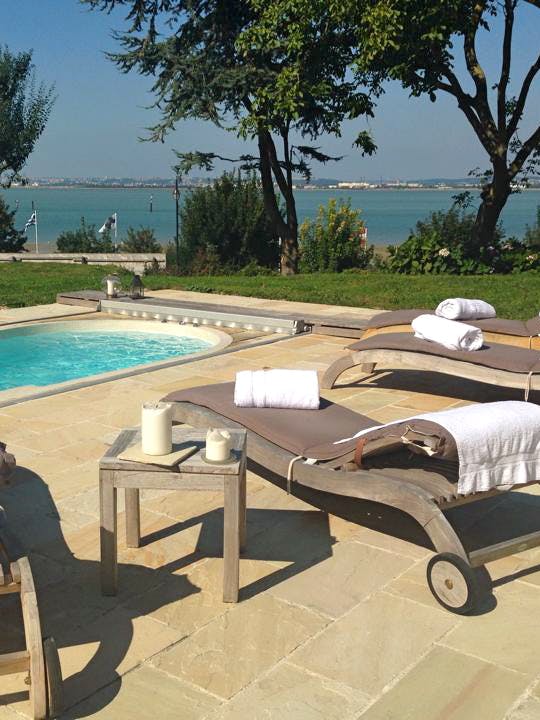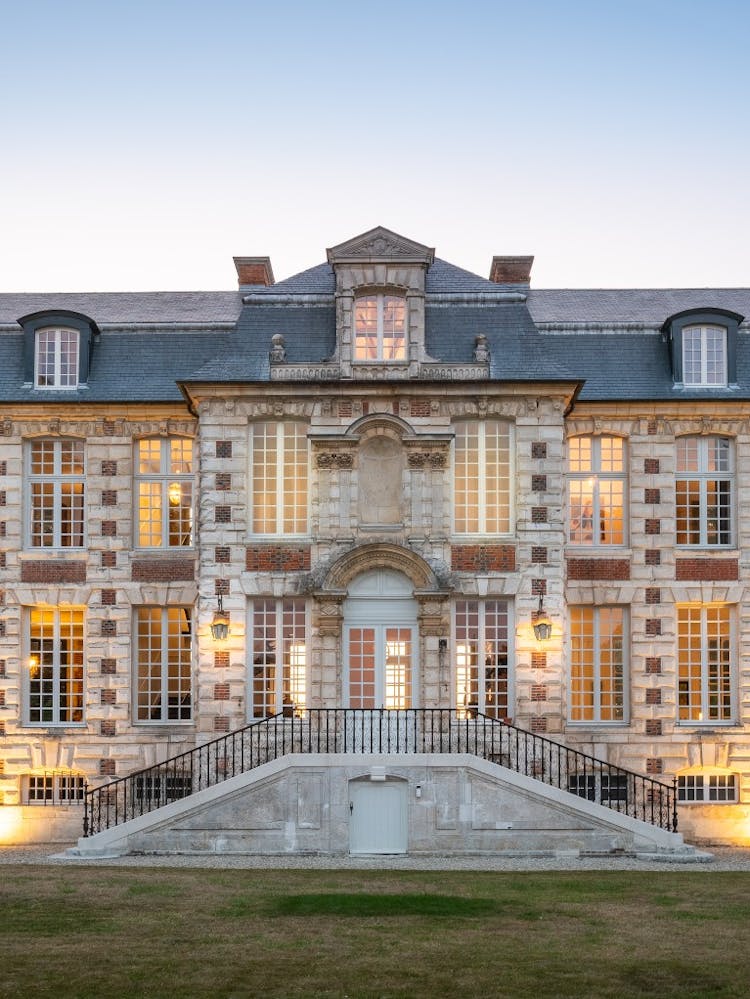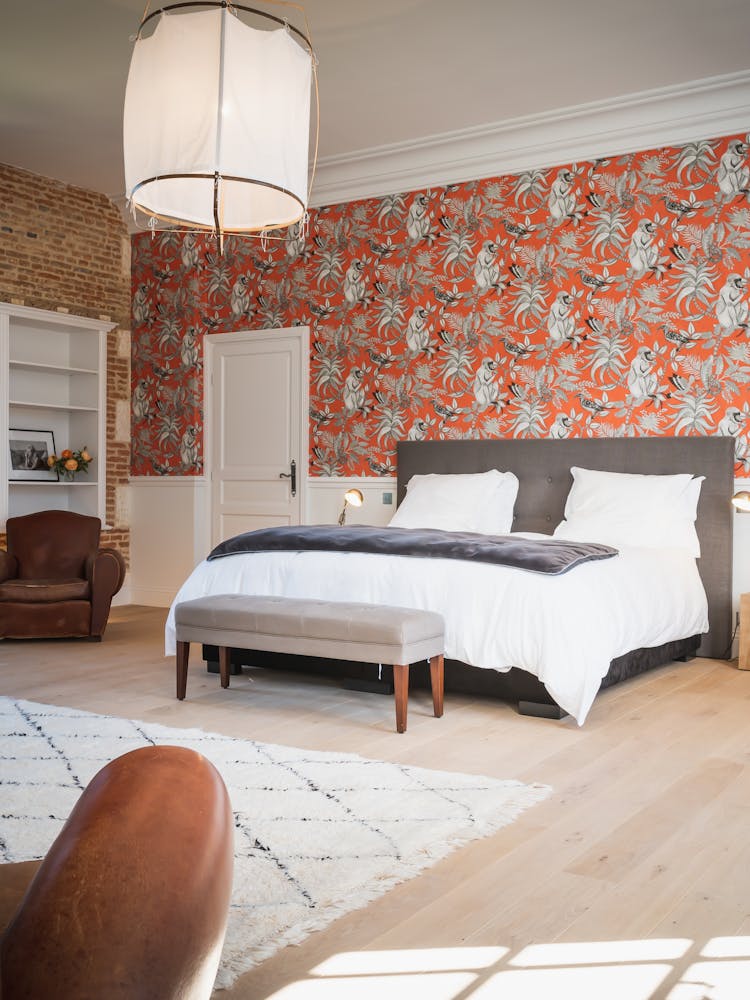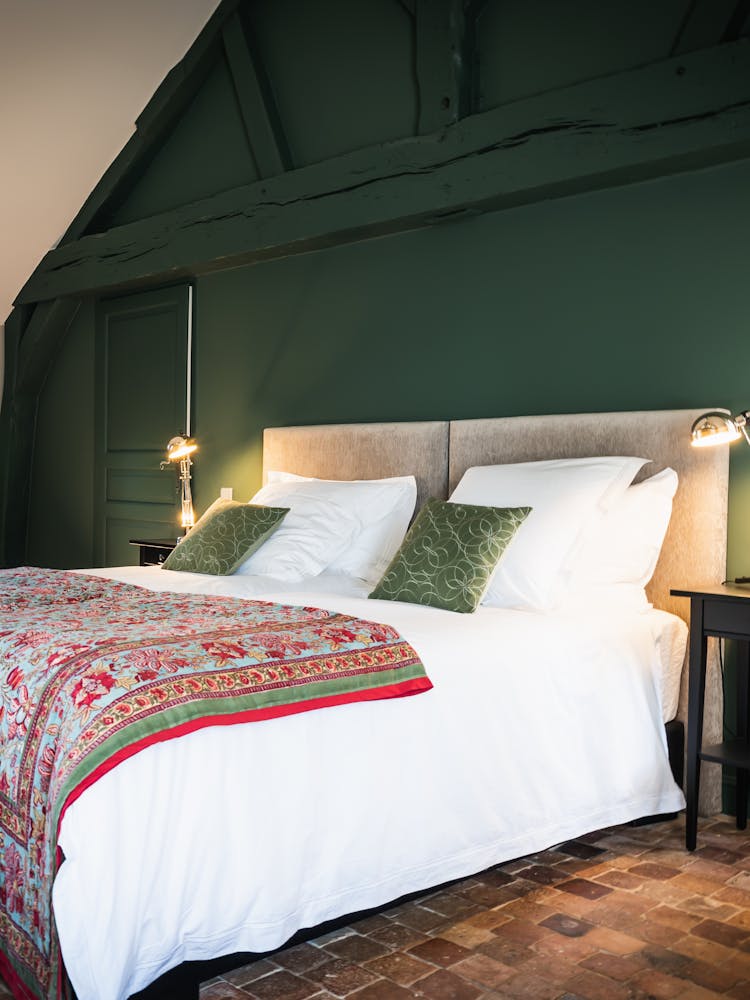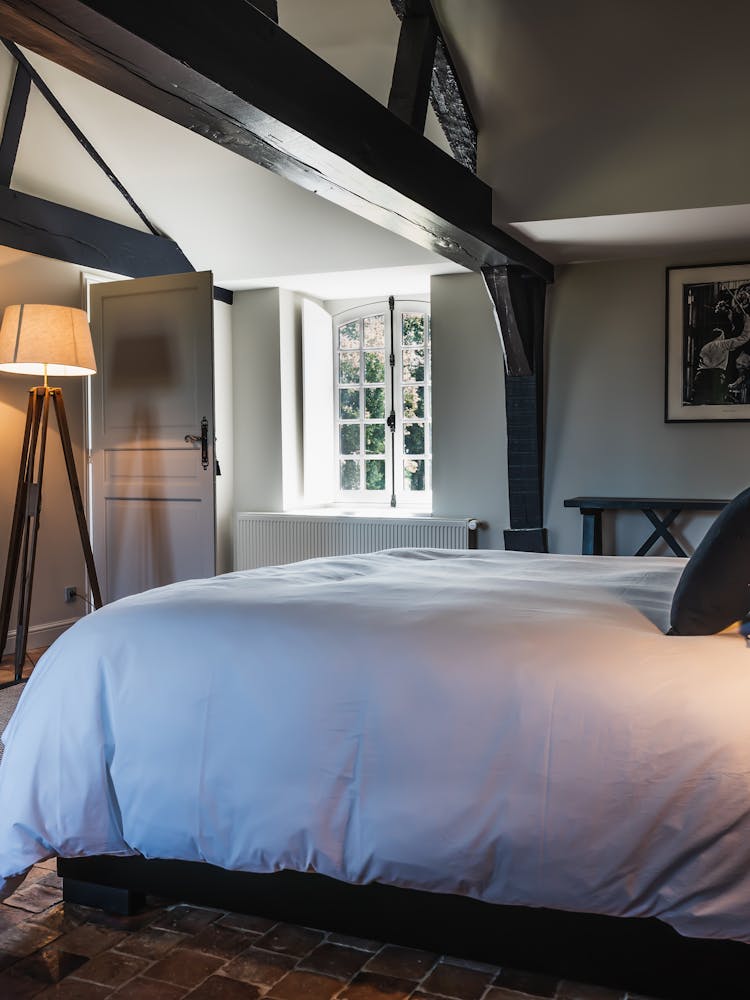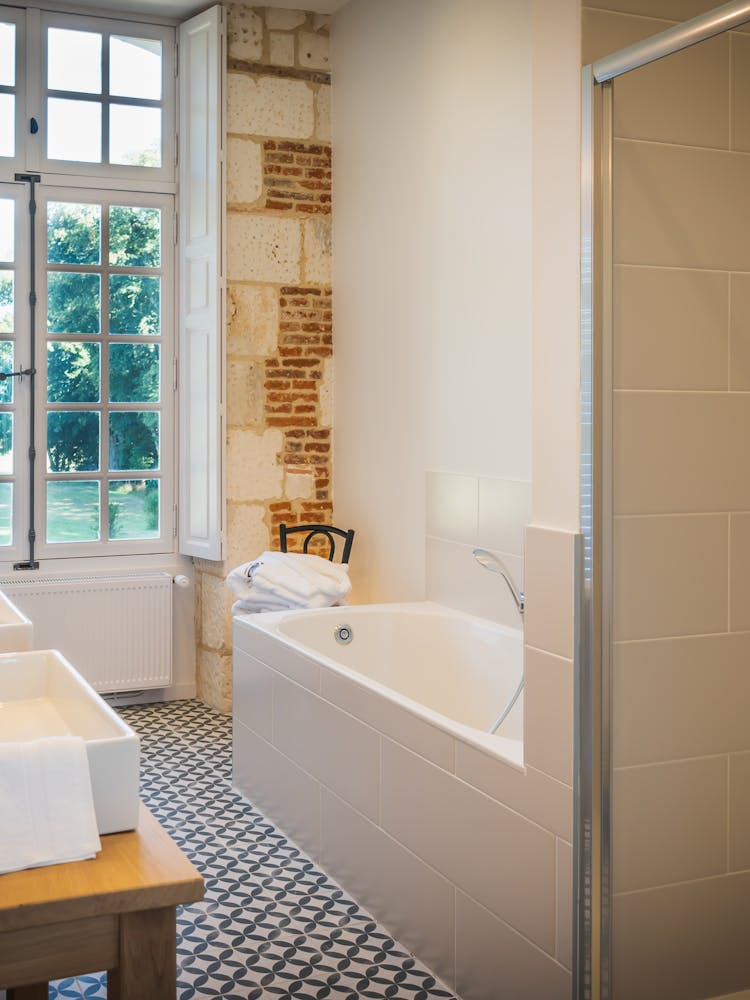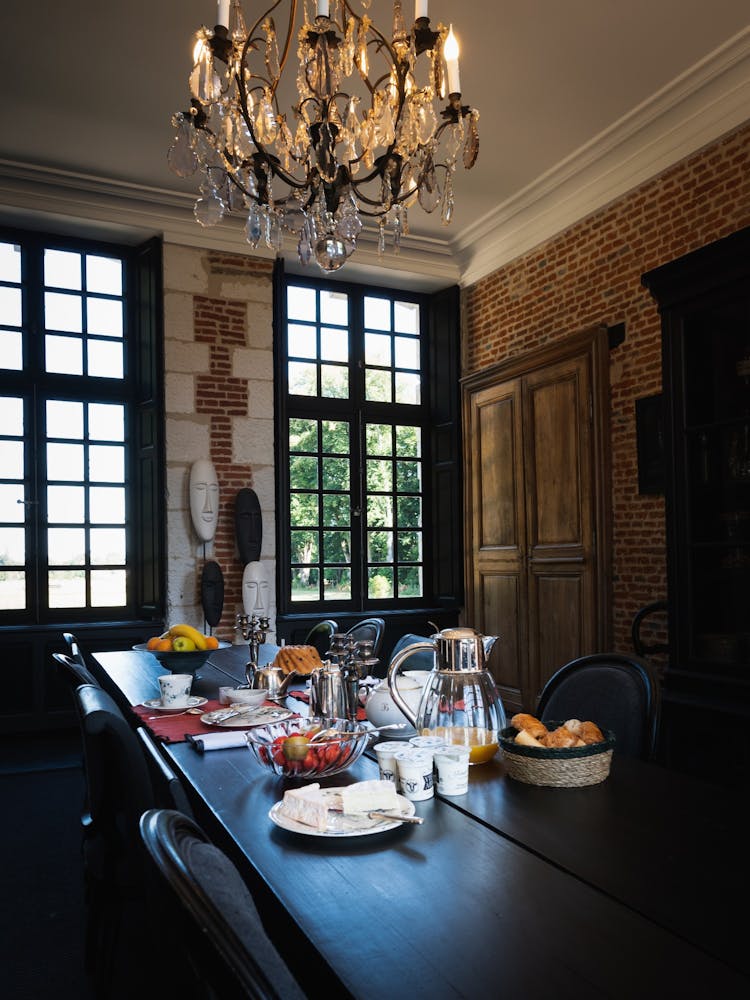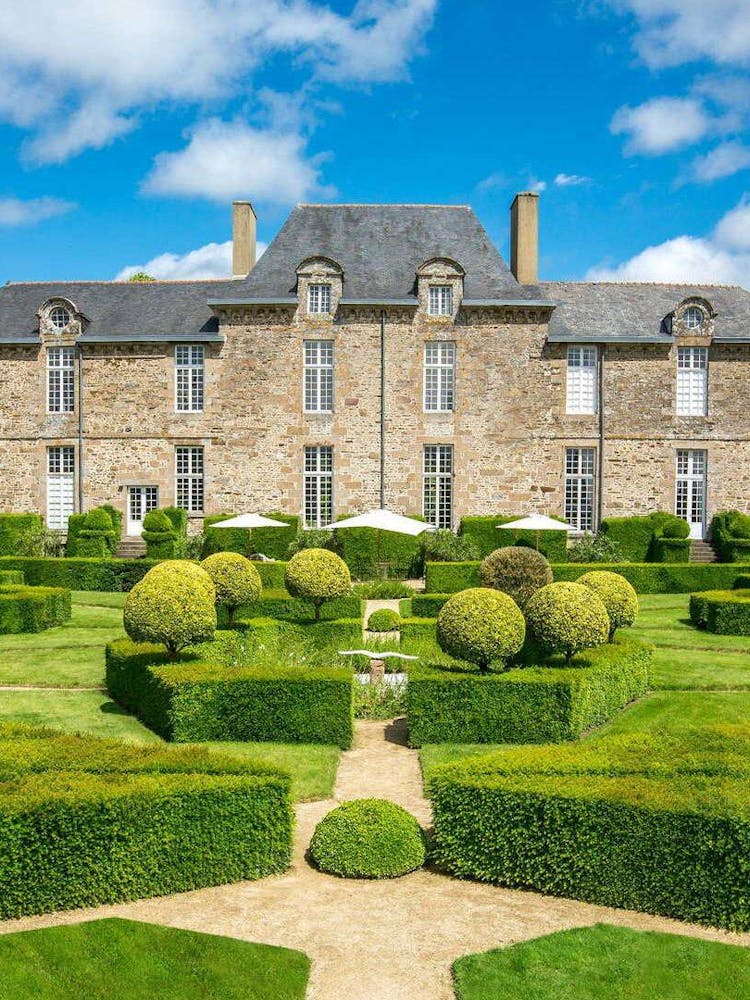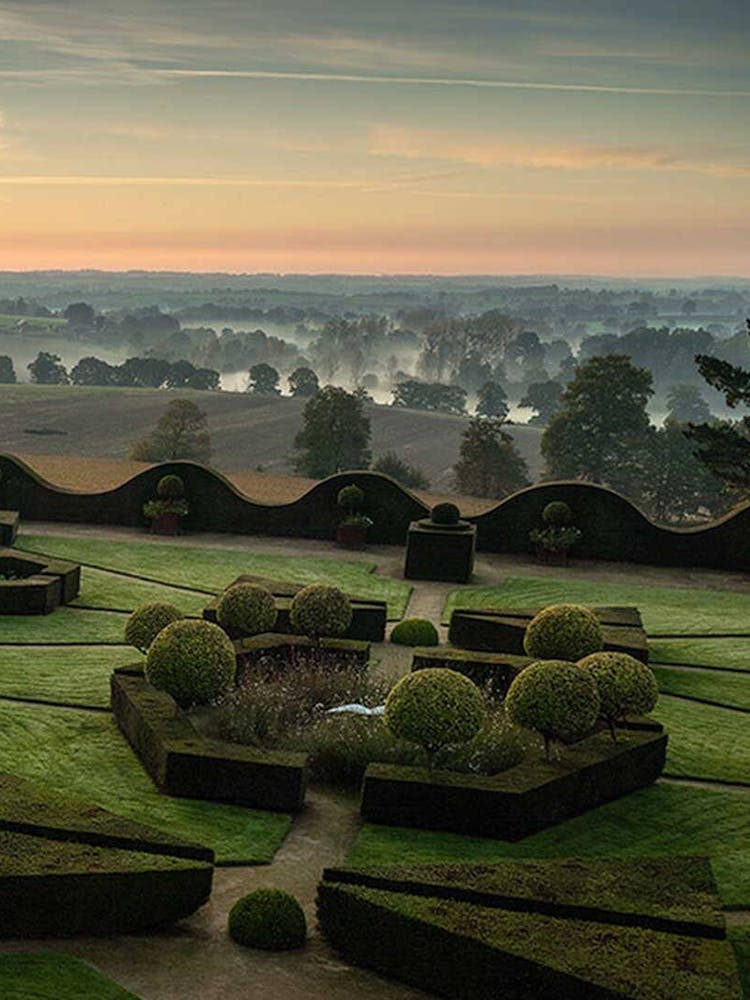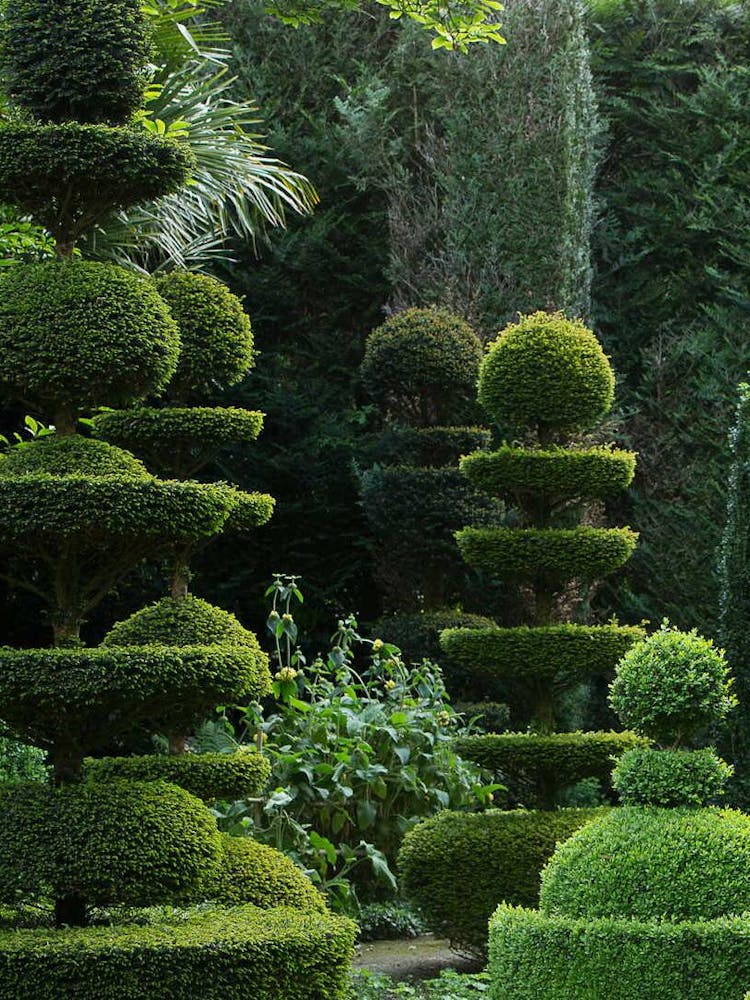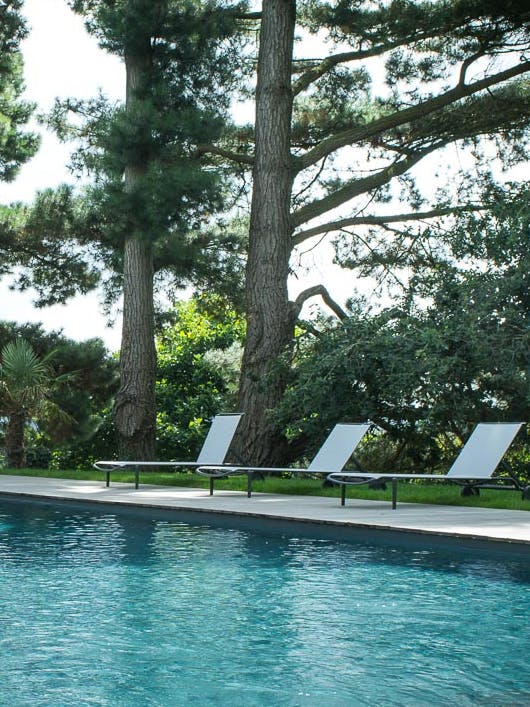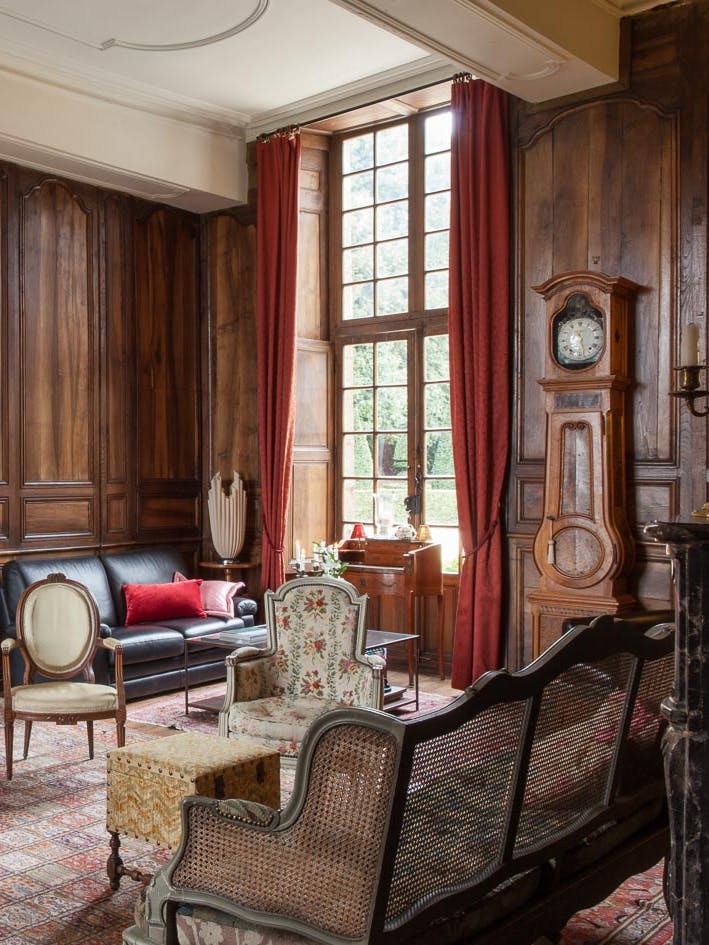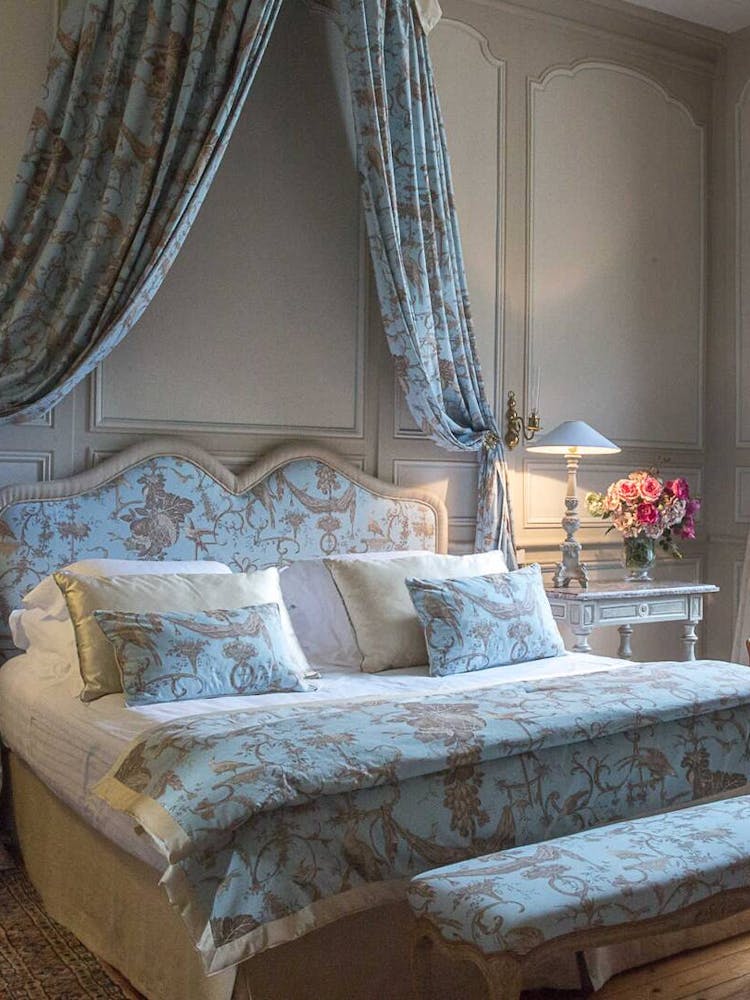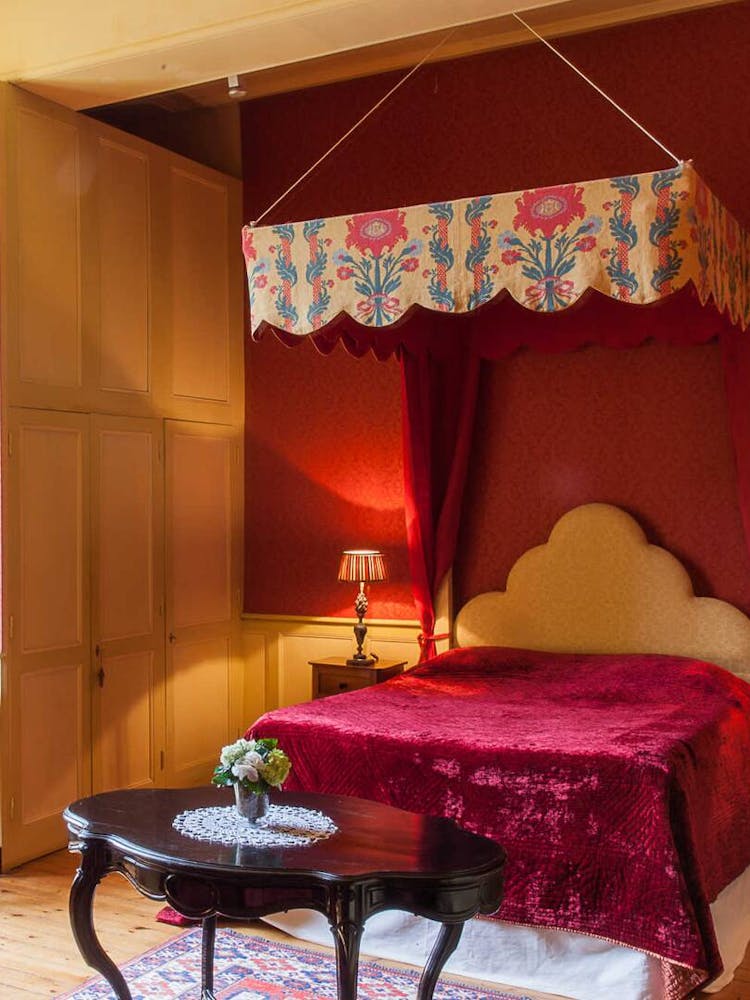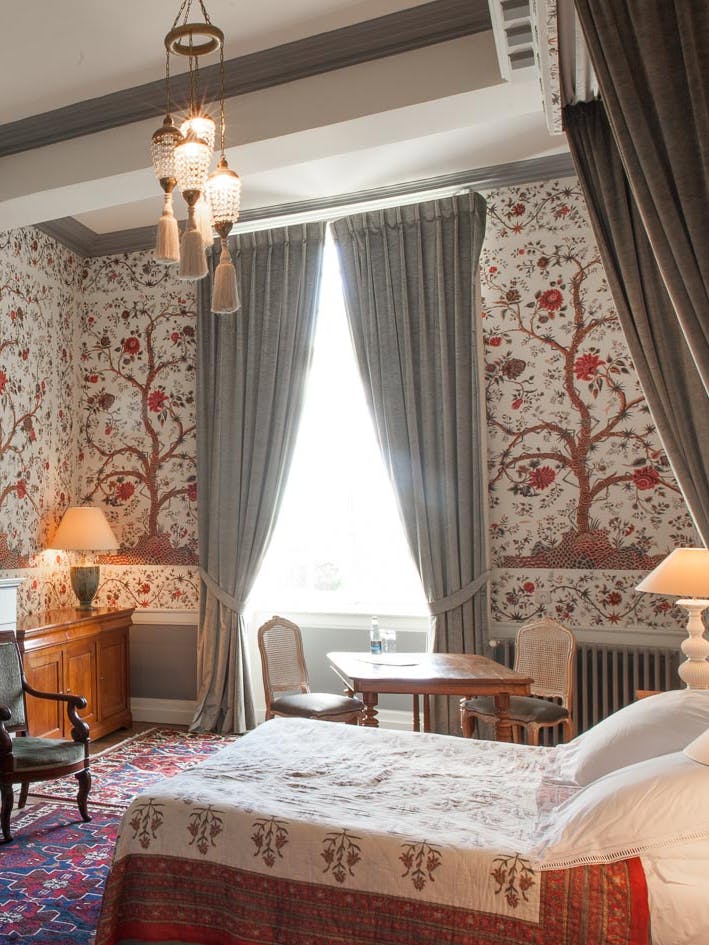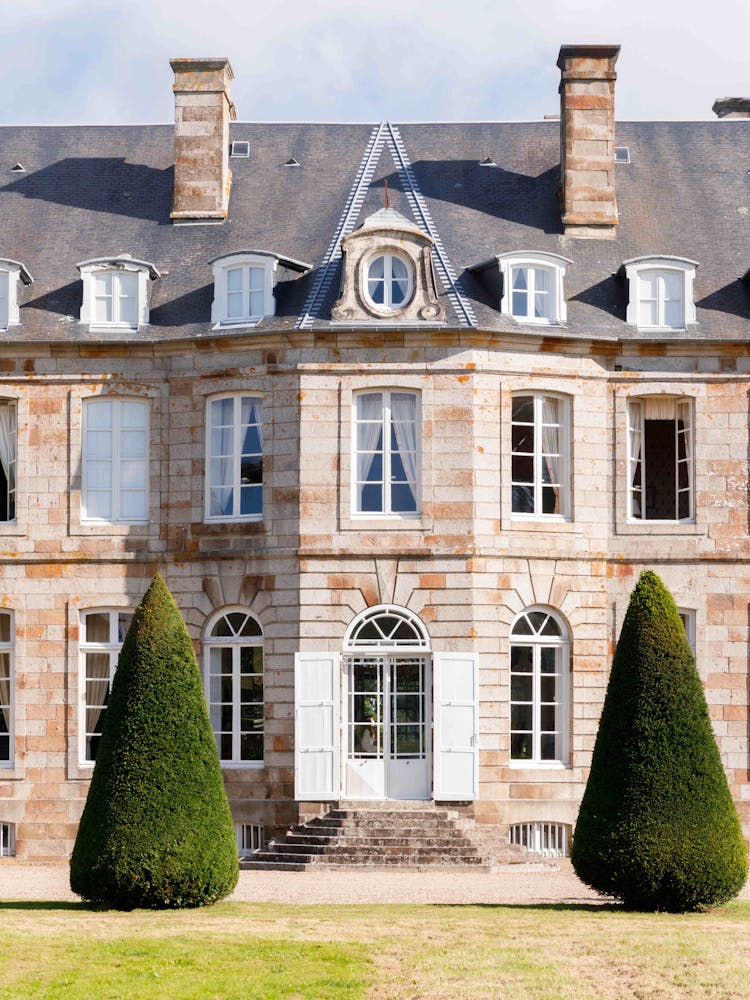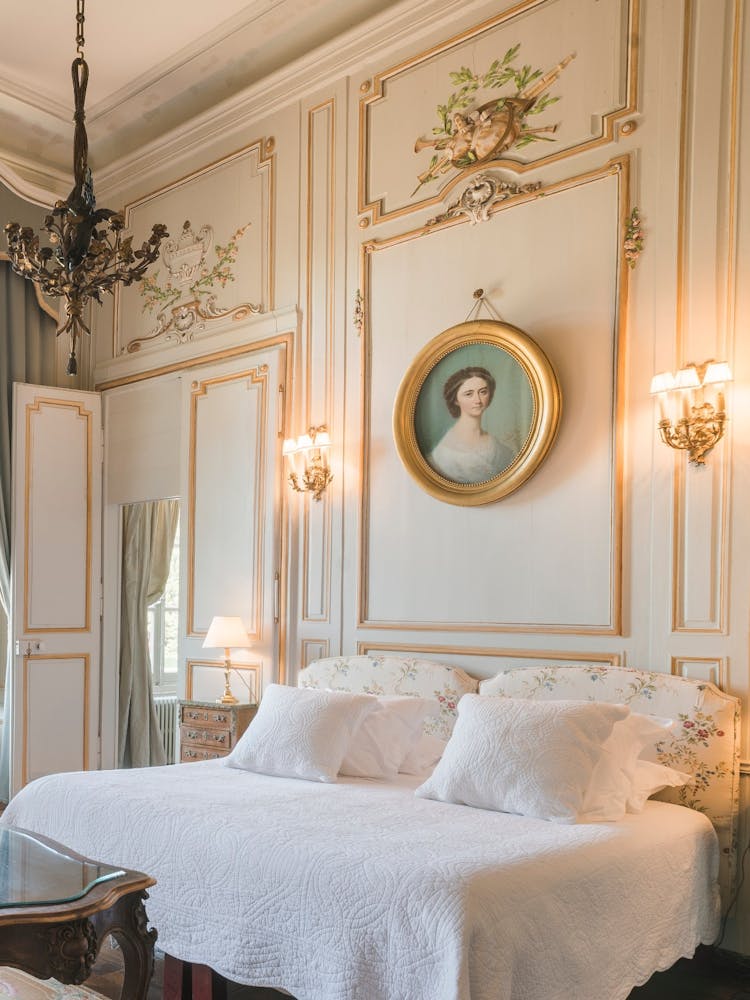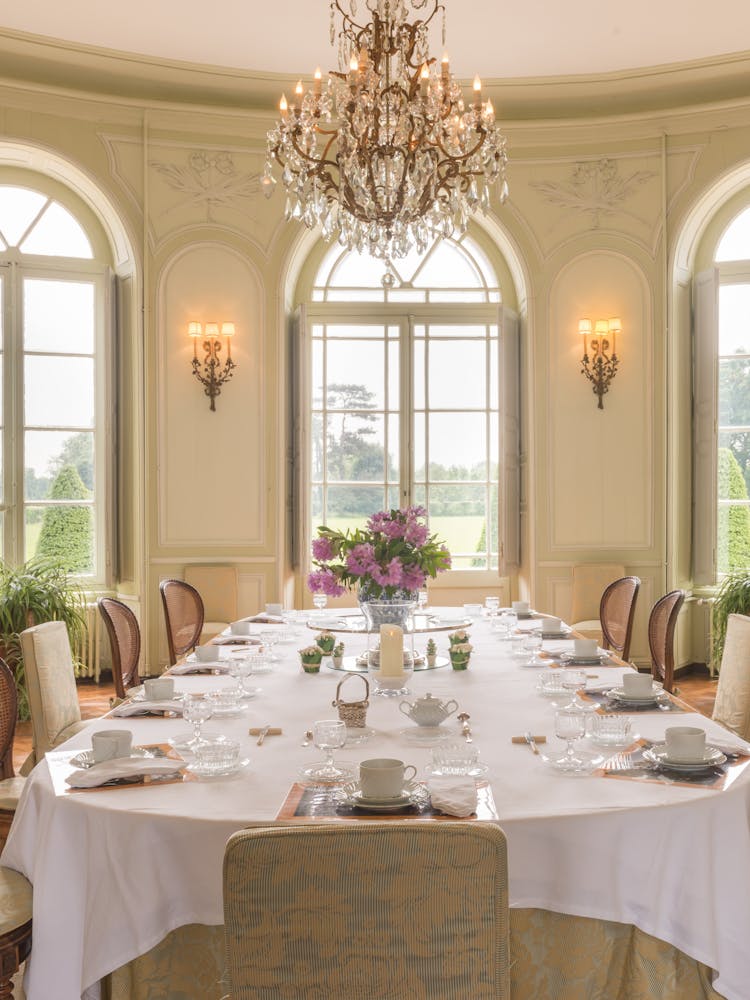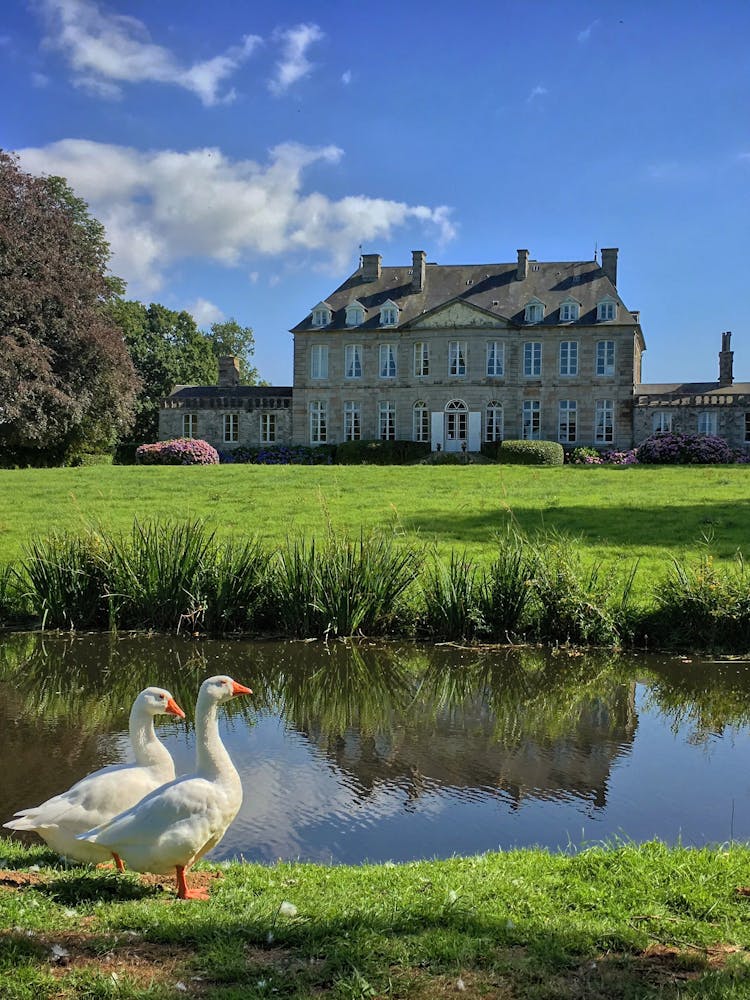Giverny
Components.establishmentBlock.residence
Château de Bonnemare
Components.establishmentBlock.pricingStart 130€ Components.establishmentBlock.pricingEnd
Components.establishmentBlock.details
Giverny
Components.establishmentBlock.residence
Les Hautes Sources
Components.establishmentBlock.pricingStart 150€ Components.establishmentBlock.pricingEnd
Components.establishmentBlock.details
Honfleur
Components.establishmentBlock.residence
Manoir des Impressionnistes
Components.establishmentBlock.pricingStart 200€ Components.establishmentBlock.pricingEnd
Components.establishmentBlock.details
Honfleur
Components.establishmentBlock.residence
Château de Saint-Maclou
Components.establishmentBlock.pricingStart 220€ Components.establishmentBlock.pricingEnd
Components.establishmentBlock.details
Saint-Malo
Components.establishmentBlock.residence
Château de la Ballue
Components.establishmentBlock.pricingStart 230€ Components.establishmentBlock.pricingEnd
Components.establishmentBlock.details
Mont Saint-Michel
Components.establishmentBlock.residence
Château de Boucéel
Components.establishmentBlock.pricingStart 350 € Components.establishmentBlock.pricingEnd
Components.establishmentBlock.details
Normandy
Normandy (Normandie), a land in northwestern France, reveals itself like a living canvas, offering a splendid mosaic of landscapes that seem to come straight out of a postcard. From Tréport to Mont-Saint-Michel, via Honfleur and Deauville, every corner of this region is a unique gem, a rare pearl that has earned the honor of entering the prestigious circle of UNESCO World Heritage for some, and of obtaining the coveted title of "most beautiful village in France" for others.
Normandy, rich in its history, has been the scene of so many historical moments, be they political, artistic, or geological. To unravel the mysteries of the historical heritage of this beautiful land, simply stroll along the beaches of D-Day, meditate on the banks of the majestic Abbey aux Dames et aux Hommes, or admire the famous Bayeux Tapestry.
And if you are looking to capture the artistic soul of the place, there is nothing like a trip to Honfleur, the city of painters, adorned with more than eighty art galleries and rocked by a port that has inspired the brushes of masters such as Monet and Boudin.
Finally, the environment and geology play a dazzling role in the bewitching charm of Normandy. Mont-Saint-Michel is its jewel, a mixture of island and mountain, where the tides perform their capricious dance, sculpting the personality of this emblematic monument of the region. Similarly, the imposing cliffs of Étretat, a work of nature, stand proudly, forming the iconic arches that illuminate the stories of all travelers.
On the culinary side, Normandy treats us to its culinary treasures, ready to delight the senses of walkers. From oysters to scallops, from cheeses to charcuterie, every bite is a gastronomic journey into the art of French cuisine. And how not to mention the famous omelette of the Mother Poulard, a timeless treasure, served since 1888 at Mont-Saint-Michel, a true symbol of the region's excellence.

